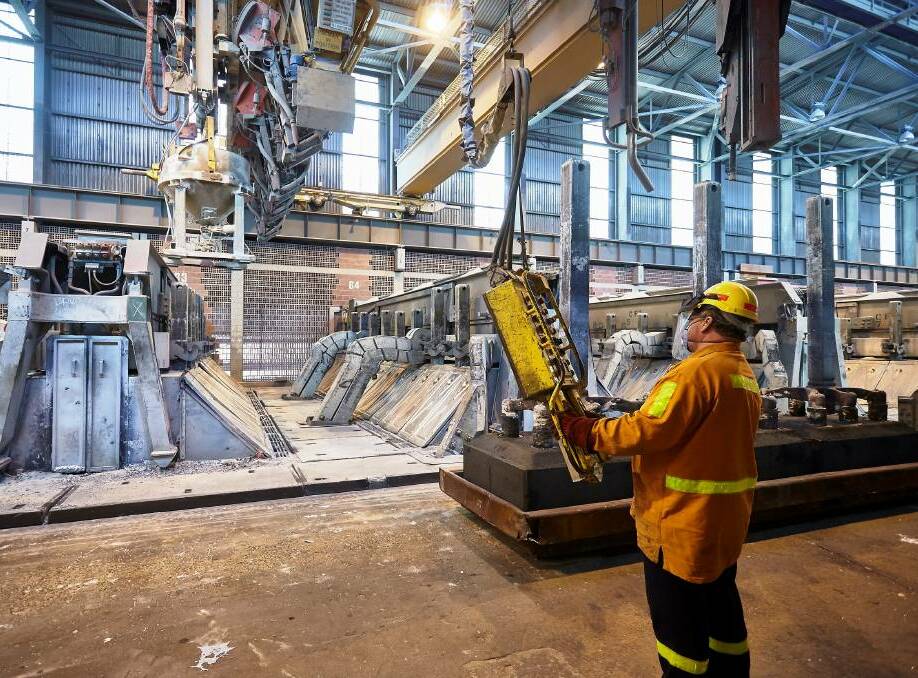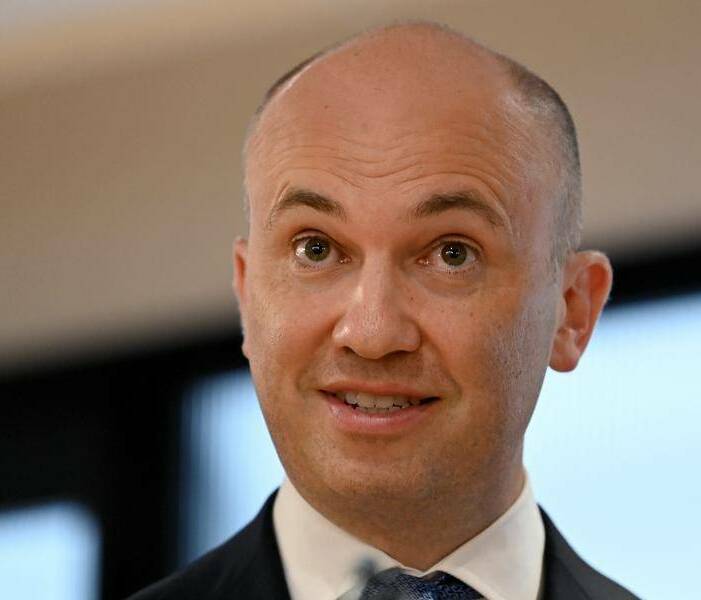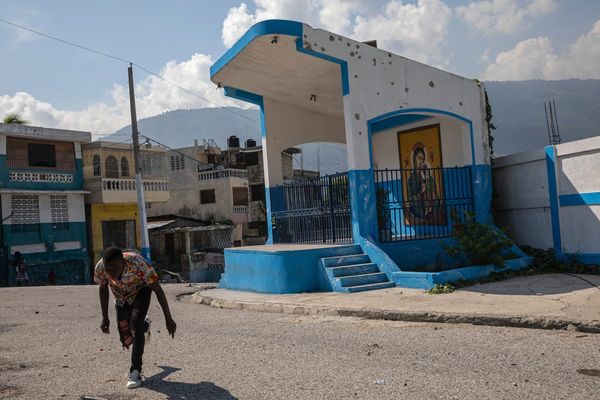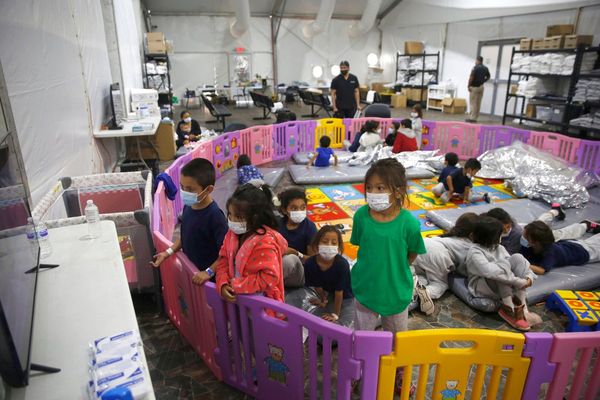
Four of the state's highest emitting manufacturers, including Tomago Aluminium and Orica, will be supported to transform into low carbon facilities, following the launch of partnership agreements with the NSW Government to plan for deep decarbonisation in heavy industry.
The companies, which also include cement producer Boral and starch manufacturer Manildra Group, have combined emissions of more than 10 million tonnes of carbon every year, equivalent to the emissions of more than 3.5 million cars.
Treasurer and Minister for Energy Matt Kean said the companies to slash emissions was critical to the success of reaching the state's targets of 70 per cent emissions reduction by 2035 and net zero by 2050.
"We are working with industry to transform NSW into an innovative, thriving low carbon economy. Accelerating the deployment of deep decarbonisation technology will help industry prosper in a net zero economy and open up new markets for NSW-made products," Mr Kean said.

"The studies focus on how we can adopt cutting edge clean technology right here in NSW like green hydrogen in cement manufacturing or renewable energy in aluminium smelting.
Under the Commonwealth's proposed changes to the safeguard mechanism, most of these companies will be obliged to reduce their emissions by 4.9 per cent every year to 2030.
Tomago Aluminium, the state's largest electricity user, is aiming to transition to 100 per cent renewable electricity before 2029. As part of that goal the company is presently seeking new investment and collaboration proposals to develop renewable generation and storage products.
An Australian Industry Energy Transitions Initiative report published last year estimated that an $8 billion investment in transmission storage infrastructure will be needed if the smelter was to make the switch to clean energy.

The report also estimated that the energy sector would need to spend more than $2 billion on new infrastructure if Orica's Kooragang Island plant was to fully decarbonise its operations.
The company is aiming to source 100 per cent renewable electricity by 2040.
Orica and the state government are co-investing $37million in tertiary abatement technology, designed to eliminate at least 567,000 tonnes of carbon dioxide emissions a year, which would reduce the Kooragang Island plant's total emissions by 48 per cent.
Mr Kean said the outcome of the new state government facilitated studies would not only help the companies meet their safeguard obligations at minimum cost, but also allow them to go even further to reduce emissions.
The combined $855,000 in funding is provided under the Transformative Industry Projects stream of the Net Zero Industry and Innovation Program.
Grants will be at least matched by contributions from each of the four companies, and companies can then apply for further support to adopt new technologies.







